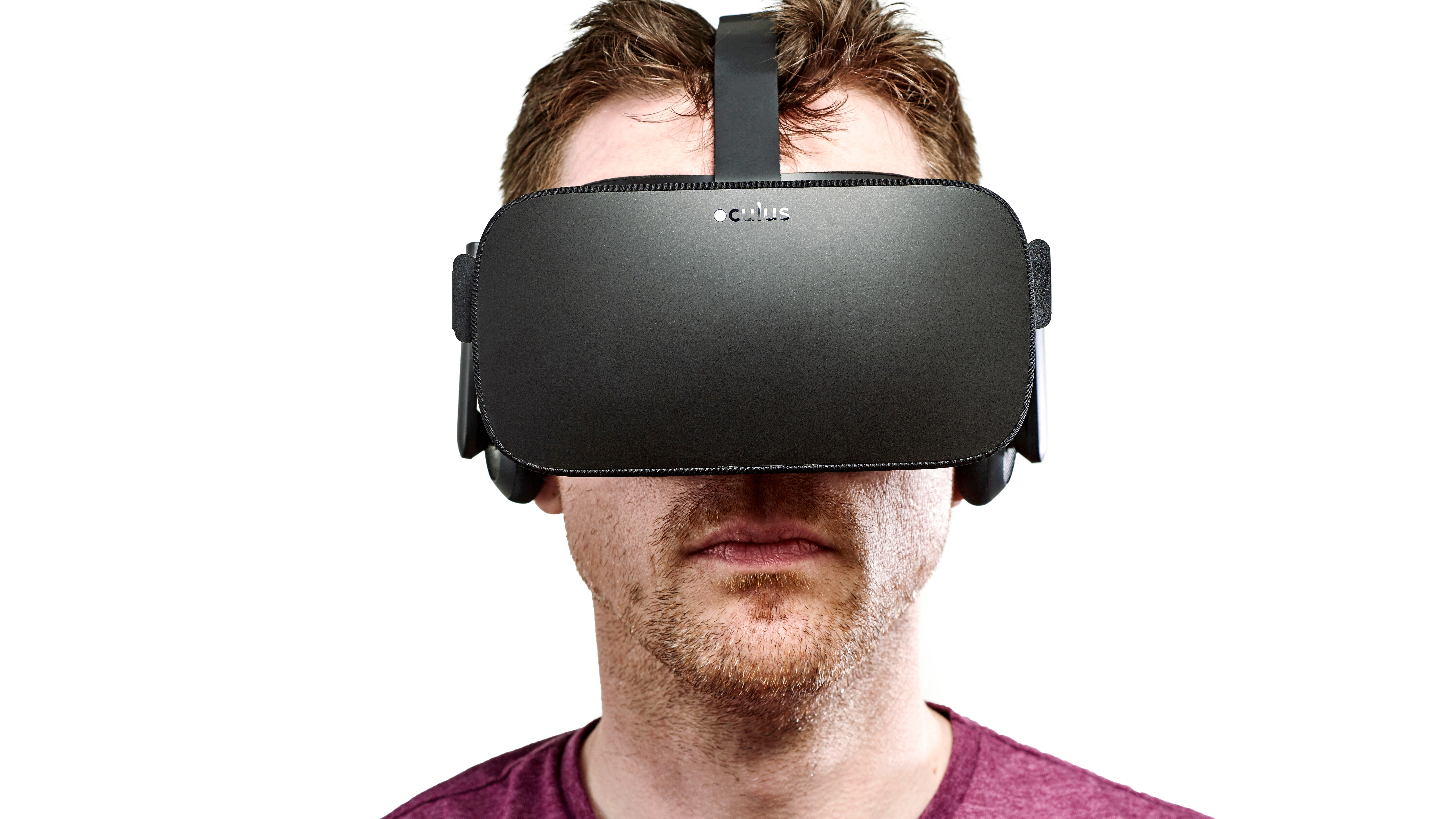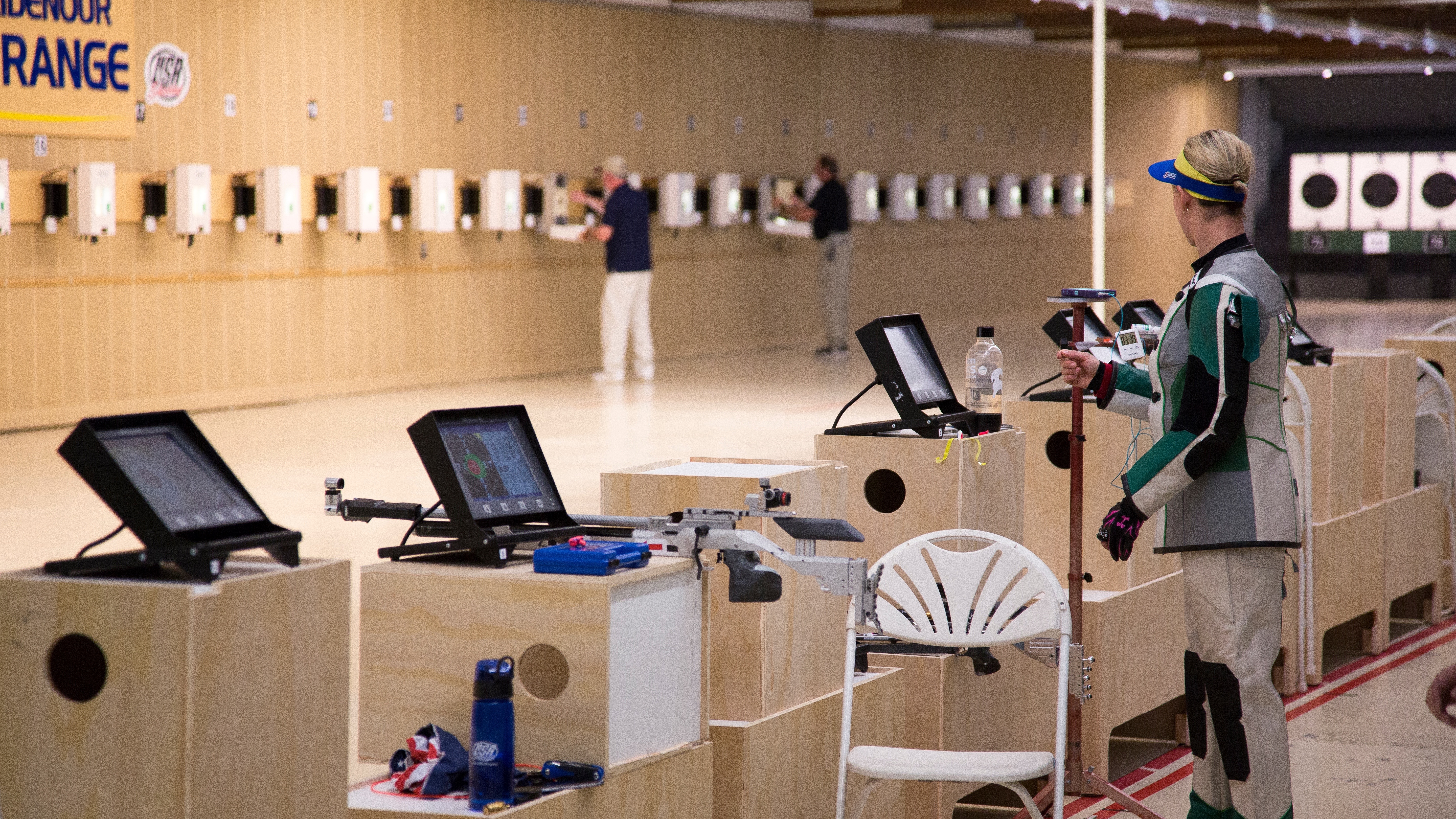Go for the gold: How tech is transforming Olympic training
This year's Olympic and Paralympic athletes turn to cutting-edge tech for that 1% edge
The promise of virtual reality
While virtual reality is making its way into the mainstream, none of the athletes or coaches we spoke with have used it as part of their training, though most say they are open to it or excited about its potential.
Leibovitz says that while he hasn't thought much about VR, he's positive it will be used for training "in the future."
Matt Scott has never thought about VR for training purposes, and while he calls it "cool," he sees more benefit in sports like golf, snowboarding or bobsledding, events where it could recreate different scenarios and climates rather than the static environment of a basketball court.
Hogan responds positively to the idea of VR in training, and says she'd "love to try it … after Rio."

According to Dawn Scott, the US Soccer Federation has looked into VR for a fan zone experience, but has ruled it out for athlete training.
"It's very hard to recreate [a game] from a performance standpoint because it's so variable," she says. "We actually met and talked six months ago about virtual reality for players, but decided it wouldn't really have performance advantages."
Virtual reality hasn't found its way into cycling yet, but Loughery says, "our coaches and staff will explore all tech options to gain every possible fraction of a second."
Get daily insight, inspiration and deals in your inbox
Sign up for breaking news, reviews, opinion, top tech deals, and more.
"All avenues have been discussed," Gersson Rosas offers when we ask about using virtual reality for basketball training. "Any area where you can gain an advantage has been looked at and studied."
Outdoor events seem to be the best fit for VR, and archer Zach Garrett sees potential for the tech in his sport.
"If you could create some sort of virtual reality simulator - something that was realistic - I could see it as a huge benefit," he says. "If there's a way to simulate wind, different weather conditions, that's big. For archery, everything is about the environment. If you could simulate the crowd noise, the atmosphere, that would be pretty next level."
Looking ahead
When we spoke with Zok, he said Team USA tries not to introduce any new technology into training six months before the Games. With athletes ready to rumble in Rio, his team is already preparing for the next 2-4 years.
"It's always a development process - it never stops," he says. "All the work we're doing right now is not targeting 2016 anymore. We're focusing on the winter sports for 2018, and it's coming time to focus on the 2020 Games in Tokyo."

There's a chance that by then, Olympic and Paralympic athletes will be using technology that's still in its infancy now, or that we haven't even heard of yet.
Dawn Scott says that with GPS, it's a constant development of smaller and more accurate systems. On her radar for after the Games are chips that measure skin and core temperature, wearables that detect pressure during weightlifting, and even more advanced tracking.
"We're looking at more in-depth biomechanical analysis of players," she says. "It would allow us to build them into even stronger, fitter machines than they already are."
"And trust me," she adds with a laugh, "they are already pretty strong."
For Zok, tapping cutting-edge tech that "somehow touch the science-fiction realm" isn't done just because it's there.
"Any work we do is not done for technology's sake, but it's driven by human needs, by the human approach of athletes and coaches," he says. "It's the challenge in coming up with the 1% question. What is that one thing we can find that answer to it? We're focusing on the question rather than focusing on technology trends."
While tech used by athletes to train across sports is varied, one thing is for certain: it's changing the way they've prepared for the biggest competition of their lives.
And though the rest of us may not have the same training needs as the world's best athletes, much of the fitness tech we use has already passed muster thanks to them.
"Even though this [tech] is not public, and you can't know what technologies have some Team USA flavor, most technologies in the sport market to some extent have had some Team USA feedback injected into them," Zok says. "We have to work with some of the tech before it's out in the market. What do the highest performing athletes need, how can we solve for that need - there's a trickle down effect to the masses."
If we can get into even a fraction of the shape as Olympic and Paralympic athletes thanks to the tech they train with, we're all for it.
Michelle was previously a news editor at TechRadar, leading consumer tech news and reviews. Michelle is now a Content Strategist at Facebook. A versatile, highly effective content writer and skilled editor with a keen eye for detail, Michelle is a collaborative problem solver and covered everything from smartwatches and microprocessors to VR and self-driving cars.
